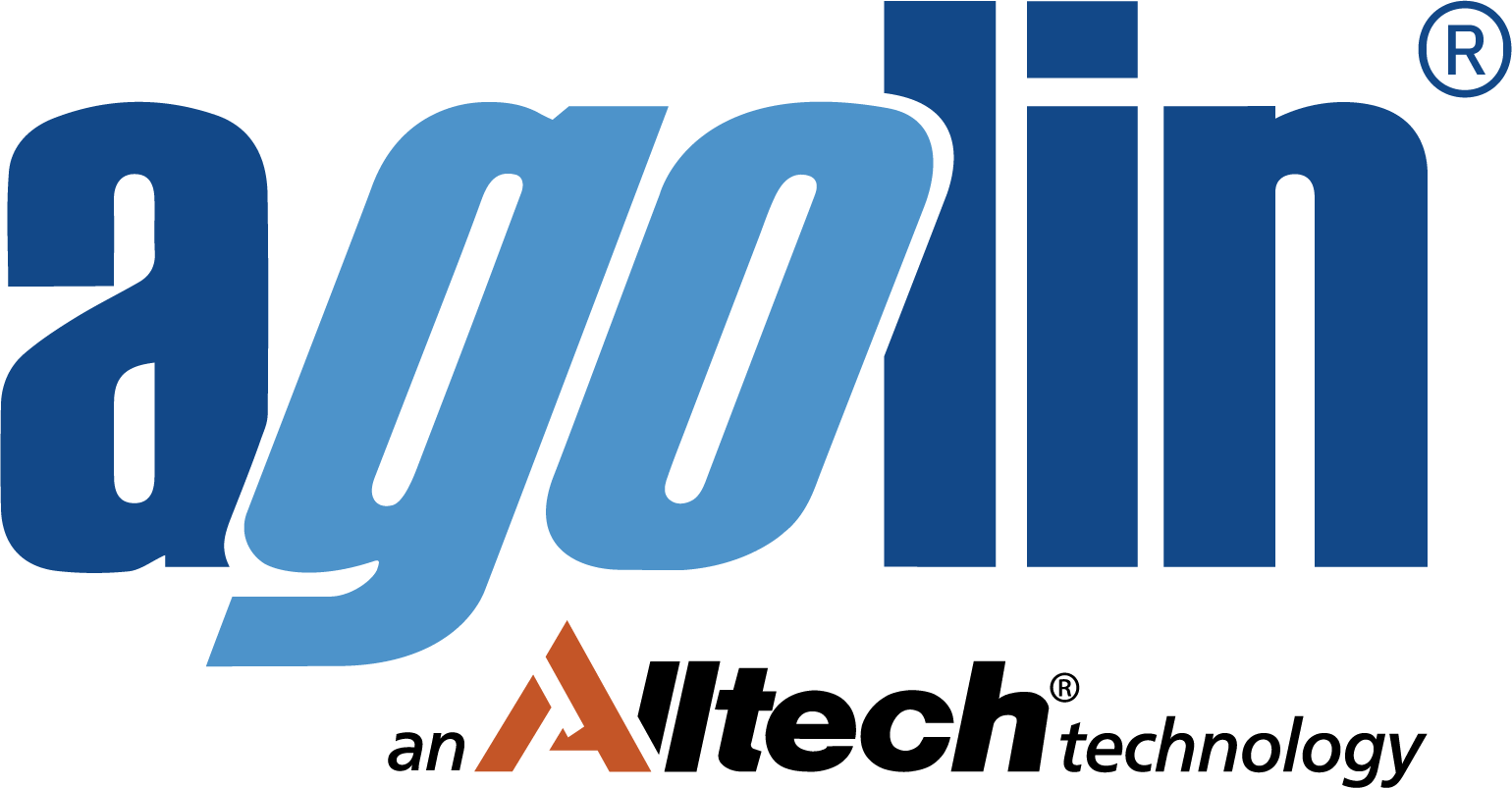FAQ about Carbon Credits
What is a "Carbon Credit"?
A “Carbon Credit” is a tradeable certificate that can be bought by any public or private organisation and can be used to compensate their own emissions.
It represents one tonne of carbon dioxide equivalent (CO2e) that is not released into the atmosphere.
How do Carbon Credits work?
Let’s take an example: a company reduces its CO2 emissions. Consequently, carbon credits can be generated with this reduction.
If another company cannot reach its climate target through its own reductions, then it can buy carbon credits.
In other words, a market for carbon credits is created.
Who can issue Carbon Credits?
Carbon markets consist of voluntary (international) and governmental (national) markets.
In voluntary markets, credits are issued through various standards such as the Verified Carbon Standard, the Gold Standard or the ISO Standard.
Governmental markets are determined by legal regulations.
What is “Carbon Insetting” and “Carbon offsetting”?
Carbon insetting is the development of carbon offset projects within a company’s own value chain, where the emission reduction claim can only be made by a stakeholder and no carbon credits can be sold.
Carbon offsetting is the generation of carbon credits by the project leader, who then sells them on to third parties via the market.
Carbon credit projects can be developed according to a range of standards. What are the leading ones?
Gold Standard
Established in 2003 by the World Wildlife Fund and international NGO’s
VCS
Established in 2005 by several key carbon market players
What does Agolin have to do with all this?
- The farmer feeds Agolin Ruminant to his cows;
- An interested party creates a contract with the farmer in order to acquire the CO2-eq created by his cows;
- The interested party submits this project to a certifier in order to create Carbon Credits;
- These credits can be used by the interested party and its own supply chain (insetting project) or they can be sold to other organisations (offsetting project).
Contact us to learn more about making Carbon Credits with Agolin
